CPU Overclocking World Record History
On this page you can find the history of the CPU frequency overclocking world record from 266 MHz 1996 to 8794.33 MHz in 2021.
A note for the reader:
Over the past decade or so I’ve been collecting information on CPU frequency overclocking world record and related benchmark records. During my time at the benchmark aggregator HWBOT, from March 2006 until January 2018, it was easy to keep track of the latest CPU frequency world records. For most record keeping during that time, I refer to the HWBOT database and my personal involvement in the overclocking scene.
For data prior to joining HWBOT, I rely on discussion topics and news articles, CPU-Z’s official Hall of Fame, and older record aggregators such as Ripping. org and Son’s WCPUID MAX Ranking. The latter was a Japanese database which was very active during the years 2000 – 2003.
I believe the CPU frequency overclocking world record timeline data is fairly accurate, though as with all historical record-keeping may be updated.
Pieter.
(PS: I also track the memory frequency world record history)
CPU Overclocking World Record History Graph
Download
Chart by Visualizer
CPU Overclocking World Record History Table
| Date | Frequency | Name | Processor | |
|---|---|---|---|---|
| December 9, 2022 | 9008.82 | Elmor | Intel Core i9-13900K | |
| October 14, 2022 | 8812.85 | Elmor | Intel Core i9-13900K | |
| November 19, 2012 | 8794.33 | AndreYang | AMD FX-8350 | |
| November 1, 2011 | 8709.06 | AndreYang | AMD FX-8150 | |
| November 1, 2011 | 8585. 05 05 |
AndreYang | AMD FX-8150 | |
| October 31, 2011 | 8491.7 | Chew* | AMD FX-8150 | |
| October 27, 2011 | 8461.51 | AndreYang | AMD FX-8150 | |
| September 2, 2011 | 8429.38 | Macci | AMD FX-8150 | |
| August 19, 2011 | 8308.94 | TaPaKaH | Intel Celeron D 352 | |
| September 23, 2010 | 8242.45 | Duck | Intel Celeron D 360 | |
| July 20, 2007 | 8220.1 | Duck | Intel Pentium 4 631 | |
| July 20, 2007 | 8180.4 | Duck | Intel Pentium 4 631 | |
| March 30, 2007 | 8179.89 | ThuG | Intel Celeron D 360 | |
| January 22, 2007 | 8000.1 | ThuG | Intel Pentium 4 631 | |
| January 21, 2007 | 7791.79 | ThuG | Intel Pentium 4 631 | |
| February 6, 2006 | 7657. 6 6 |
Duck | Intel Pentium 4 670 | |
| December 29, 2005 | 7638.6 | Duck | Intel Pentium 4 670 | |
| December 28, 2005 | 7625.1 | Duck | Intel Pentium 4 670 | |
| December 13, 2005 | 7608.5 | Duck | Intel Pentium 4 670 | |
| December 13, 2005 | 7532.8 | Duck | Intel Pentium 4 670 | |
| November 13, 2005 | 7473.75 | Kyosen | Intel Pentium 4 670 | |
| September 16, 2005 | 7418.4 | Memesama | Intel Pentium 4 670 | |
| August 13, 2005 | 7323.7 | Memesama | Intel Pentium 4 670 | |
| August 9, 2005 | 7133.5 | Memesama | Intel Pentium 4 670 | |
| July 29, 2005 | 6925.2 | TAM | Intel Pentium 4 670 | |
| June 7, 2005 | 6578. 85 85 |
The Stilt | Intel Pentium 4 660 | |
| January 18, 2005 | 6495.2 | Futto-kun | Intel Pentium 4 570J | |
| November 29, 2004 | 6315.2 | Fugger | Intel Pentium 4 560J | |
| November 1, 2004 | 6302.3 | Fugger | Intel Pentium 4 560J | |
| November 1, 2004 | 6212.1 | Fugger | Intel Pentium 4 560J | |
| October 28, 2004 | 6114 | Memesama | Intel Pentium 4 560 | |
| October 16, 2004 | 6042.5 | Memesama | Intel Pentium 4 560 | |
| May 25, 2004 | 6009.8 | Macci & The Stilt | Intel Pentium 4 560 | |
| Jun 22, 2004 | 5574.9 | Memesama | Intel Pentium 4 2.8 GHz | |
| May 9, 2004 | 5387.2 | Memesama | Intel Pentium 4 2.8 GHz | |
| January 2, 2004 | 5326.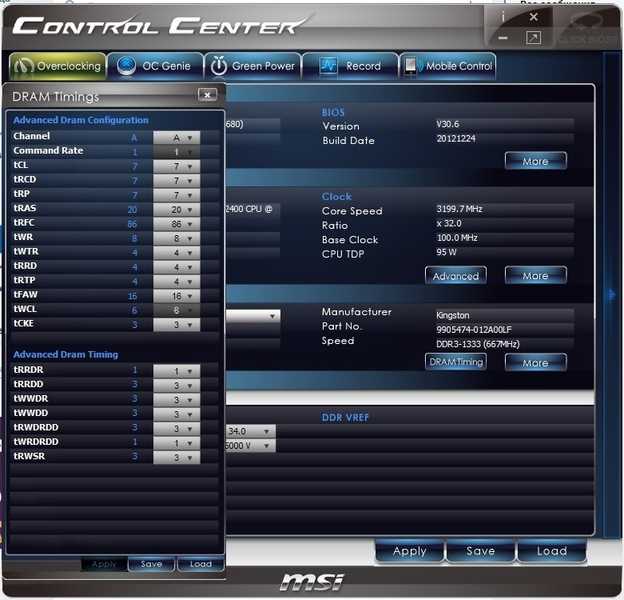 36 36 |
Memesama | Intel Pentium 4 XE 3.20G | |
| December 30, 2003 | 5255 | Frank Volkel | ||
| December 2, 2003 | 5154.54 | Memesama | Intel Pentium 4 XE 3.20G | |
| July 3, 2003 | 5125.91 | TAM | Intel Pentium 4 3.2 GHz | |
| June 29, 2003 | 4872.65 | TAM | Intel Pentium 4 3.2 GHz | |
| May 24, 2003 | 4762.4 | OMEGA | Intel Pentium 4 3.0 GHz | |
| February 23, 2003 | 4623.21 | Holicho | Intel Pentium 4 3.06 GHz | |
| February 14, 2003 | 4599.85 | Holicho | Intel Pentium 4 3.06 GHz | |
| December 8, 2002 | 4588.49 | Holicho | Intel Pentium 4 2.5 GHz | |
| December 1, 2002 | 4456.58 | Tamozyouri | Intel Pentium 4 3.06 GHz | |
| November 17, 2002 | 4438. 35 35 |
Ja0hxv | Intel Pentium 4 3.06 GHz | |
| September 15, 2002 | 4424.99 | Holicho | Intel Pentium 4 2.5 GHz | |
| September 1, 2002 | 4418.38 | Holicho | Intel Pentium 4 2.5 GHz | |
| August 29, 2002 | 4339 | Muropaketti | Intel Pentium 4 2.8 GHz | |
| August 19, 2002 | 4309.62 | Intel Pentium 4 2.4 GHz | ||
| July 10, 2002 | 4244.7 | Son | Intel Pentium 4 2.53 GHz | |
| September 1, 2002 | 4130.39 | Holicho | Intel Pentium 4 2.4 GHz | |
| April 14, 2002 | 4110 | Holicho | Intel Pentium 4 2.4 GHz | |
| March 27, 2002 | 4010.88 | Holicho | Intel Pentium 4 2.4 GHz | |
| March 22, 2002 | 3890.79 | Tatumiya | Intel Pentium 4 2.2 GHz | |
| January 23, 2002 | 3808.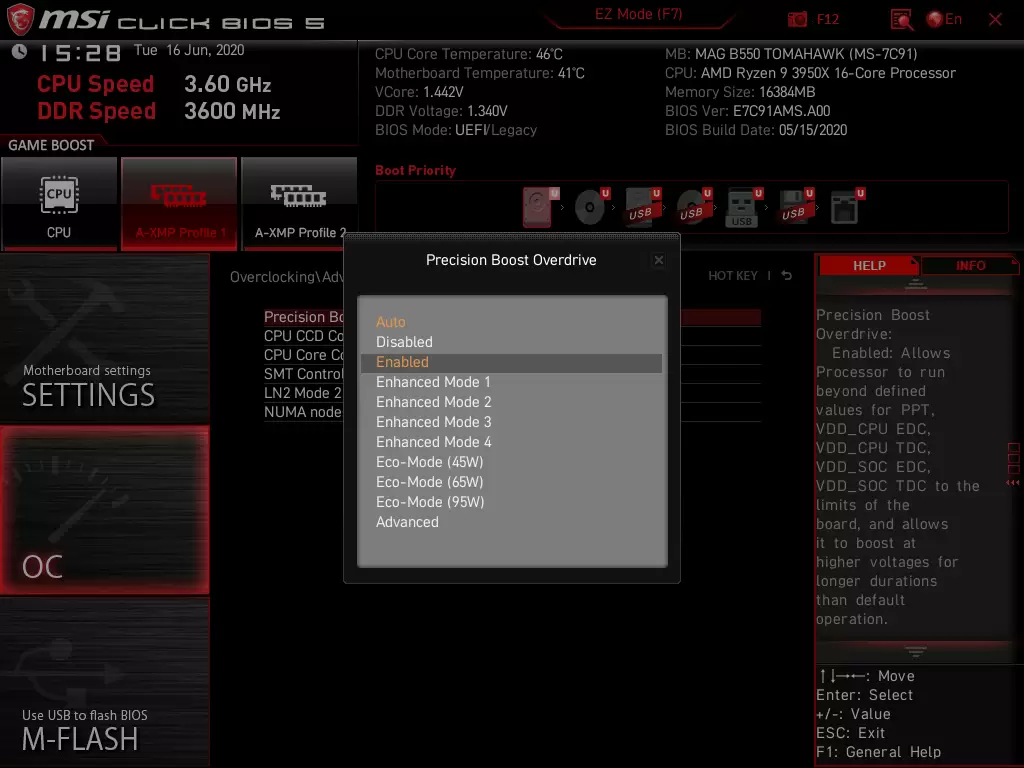 91 91 |
Holicho | Intel Pentium 4 2.2 GHz | |
| January 19, 2002 | 3702.55 | Tatumiya | Intel Pentium 4 2.2 GHz | |
| January 17, 2002 | 3674.99 | Sampsa | Intel Pentium 4 2.2 GHz | |
| January 9, 2002 | 3541.87 | Holicho | Intel Pentium 4 2.2 GHz | |
| November 7, 2001 | 3391.12 | Eric | Intel Xeon 1.7 GHz | |
| October 9, 2001 | 3027.41 | Holicho | Intel Pentium 4 2.0 GHz | |
| September 5, 2001 | 3023.98 | Anpanman | Intel Pentium 4 2.0 GHz | |
| April 2, 2001 | 2864.48 | Holicho | Intel Pentium 4 1.7 GHz | |
| March 29, 2001 | 2804.99 | Holicho | Intel Pentium 4 1.7 GHz | |
| March 15, 2001 | 2600.37 | Holicho | Intel Pentium 4 1.7 GHz | |
| March 8, 2001 | 2250. 00 00 |
Anpanman | Intel Pentium 4 1.7 GHz | |
| December 13, 2000 | 2205.56 | Mr. ja0hxv | Intel Pentium 4 1.4 GHz | |
| December 3, 2000 | 2144.52 | Mr. ja0hxv | Intel Pentium 4 1.4 GHz | |
| December 1, 2000 | 1653.02 | Anpanman | Intel Pentium III 933 MHz | |
| November 5, 2000 | 1613.45 | Mr. Yu | AMD Athlon 1100 MHz | |
| September 3, 2000 | 1612.66 | HIDE | Intel Pentium III 850 MHz | |
| April 13, 2000 | 1522.71 | Mr. ja0hxv | Intel Pentium III 800 MHz | |
| April 9, 2000 | 1500 | Mr. ja0hxv | Intel Pentium III 800 MHz | |
| April 2, 2000 | 1370 | Mr. amt | Intel Pentium III 800 MHz | |
| December 28, 1999 | 1286.3 | Mr. amt | Intel Pentium III 750 | |
| November 21, 1999 | 1264.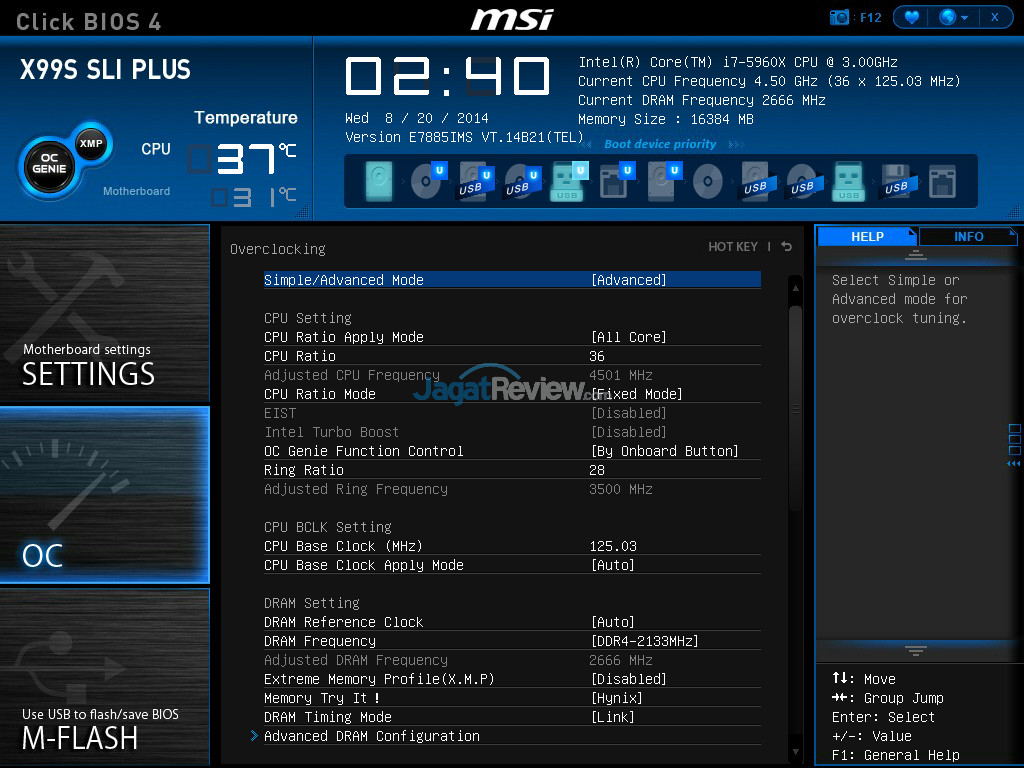 92 92 |
Mr. Kondo | Intel Pentium III 733ES | |
| November 16, 1999 | 1238.92 | Mr. Kondo | Intel Pentium III 733ES | |
| November 1, 1999 | 1151.51 | Mr. Kondo | AMD Athlon 700 MHz | |
| October 7, 1999 | 1082.11 | Mr. Kondo | AMD Athlon 650 MHz | |
| June 19, 1999 | 921.16 | Mr. Kondo | Intel Celeron 466 | |
| March 21, 1999 | 849.85 | Mr. Funano | Intel Celeron 366 | |
| March 6, 1999 | 822 | Mr. Kondo | Intel Celeron 333 | |
| February 20, 1999 | 811.92 | Mr. Kondo | Intel Celeron 333 | |
| February 17, 1999 | 808.49 | Mr. Funano | Intel Celeron 366 | |
| January 10, 1999 | 759.16 | Mr. Kondo | Intel Celeron 300A | |
| December 30, 1998 | 743.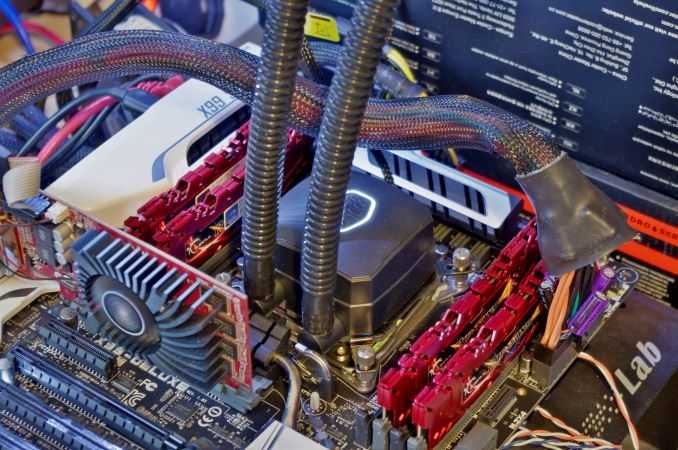 4 4 |
Mr. Kondo | Intel Celeron 300A | |
| December 13, 1998 | 724.5 | Mr. Kondo | Intel Celeron 300A | |
| November 21, 1998 | 716 | Katsuya | Intel Celeron 300A | |
| November 9, 1998 | 715.95 | Mr. Kondo | Intel Celeron 300A | |
| October 7, 1998 | 698.88 | KAZ | Intel Celeron 300A | |
| September 12, 1998 | 675 | Takach | ||
| August 1998 | 661.5 | RYK | Intel Pentium II 450 MHz | |
| July 1998 | 610 | |||
| April 1998 | 590 | |||
| March 1998 | 530 | Mega Pi | Intel Pentium II 400 | |
| January 11, 1998 | 416.5 | Masashi | Intel Pentium II 333 MHz | |
| December 5, 1997 | 400+ | Kryotech | Intel Pentium II | |
| November 17, 1997 | 375 | Kryotech | AMD K6 266 | |
| November 1, 1997 | 337.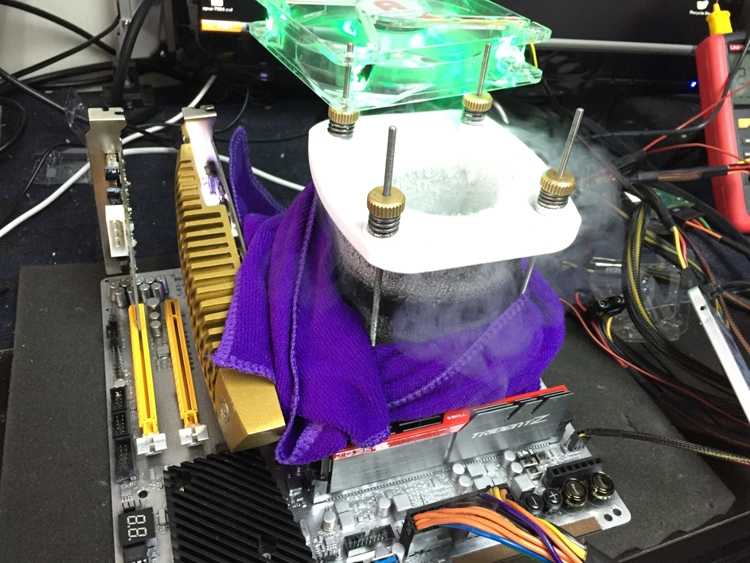 5 5 |
Masashi | Intel Pentium II 300 Mhz | |
| November 18, 1996 | 266 | Kryotech | Intel Pentium Pro 200 MHz | |
| August 1, 1996 | 233 | Masashi | Intel Pentium Pro 200 |
CPU Overclocking World Record Historical Databases
- Nifty Fextpup SGSP (1999)
- Son’s WCPUID MAX Ranking (2001)
- SysOpt OC Database (2003)
- VR-Zone CPU Overclocking Databases (2004)
- X86-secret CPU-Z Hall of Fame (2005)
- Ripping -The Overclocking World Record Database (2007)
- CPU-Z OC World Records (2018)
- HWBOT CPU Frequency Hall of Fame (2018)
Katsuya’s November 21, 1998, 716 MHz Intel Celeron 300A
I came across this overclocking achievement while searching through the news archives of the now defunct Overclocking.com website. The overclocking result was reported in February 1999, but the Japanese overclocker had originally reported on the achievement on November 21, 1998, in a personal blog entry.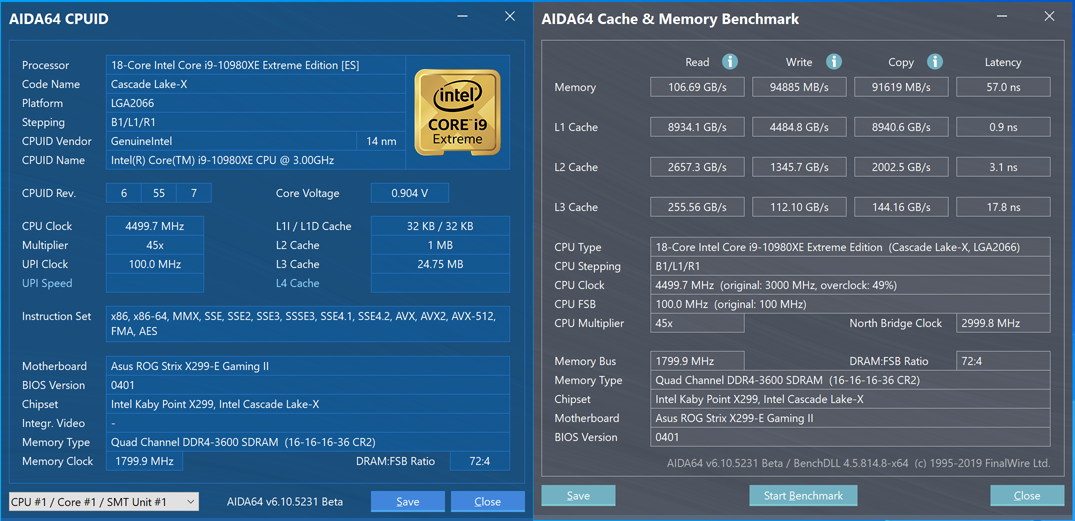
Katsuya’s blog entry on November 21, 1998
The blog entry reads (Google Translated):
“Updated information for Pentium II.
Since Mr. Kondo sent me an image during the liquid nitrogen cooling experiment , I will introduce it on the cooling page. I sent an interesting image such as liquid nitrogen boiling in the low temperature range and a thermometer that can measure up to absolute zero degree.
Shooting images, experiment cooperation is [Mr.] Trash and [Mr.] Rocky. Both of them got permission to post articles and post images. Thank you very much.
As you probably know, cooling with liquid nitrogen is at its boiling point when compared with the cooling by liquefied carbon dioxide that I am doing, the decisive difference is its boiling point.
When introducing liquefied carbon dioxide cooling, we performed a low temperature operation test of PC as a preliminary experiment.
I put it in a thermostatic oven together with the motherboard, and I carried out the operation test in the vicinity of -70 ° C, but in short time experiments each device worked without problems.
In the cooling zone using liquid nitrogen, the motherboard itself seems to stop working.
Contrary to the fever of the CPU, in this experiment it may be necessary to make efforts to not cool too much. In the future, while also careful about insulation around the CPU, the next experiment including the [Pentium II], P55C etc. seems to be planned next.
It seems time is approaching when the operation record of SuperPi [1M] digits breaks the wall of 2 minutes and 30 seconds.”
The cooling system is detailed on a separate page.
Intel Raptor Lake flagship CPU sets world record with astonishing 8.8GHz overclock
Skip to main content
When you purchase through links on our site, we may earn an affiliate commission. Here’s how it works.
(Image credit: ElmorLabs)
Audio player loading…
Intel’s Raptor Lake processors have been unleashed and have impressed all-round, with the flagship getting a glowing review from us – and now that Core i9-13900K has grabbed the world record for the fastest ever desktop CPU overclock.
Yes, the long-held title which AMD proudly locked down some eight years ago – with its FX 8370 processor – has fallen, with expert overclocker Elmor managing to push the 13900K to reach a staggering 8812.85MHz.
The world record set by the AMD FX 8370 (courtesy of The Stilt) was 8722.78MHz, meaning the 13900K was 1% faster (this is going by the HWBOT rankings , as flagged up by VideoCardz ).
Naturally, this overclock used liquid nitrogen cooling, as all record-breaking endeavors do (or an equivalent exotic method of taking the CPU right down in temperature temporarily, to allow for it to be pushed ridiculously hard). The 13900K was sat in an Asus ROG Z790 Apex motherboard (Shamino from Asus ROG was involved in the record-setting overclock which you can watch here ).
Well, we kind of guessed this was coming, after the Core i9-13900K was doing so well in leaked pre-release overclocks (which crested the 8GHz mark, and then 8.2GHz more recently). What we didn’t expect, to be fair, is for the Raptor Lake flagship to immediately depose the AMD FX 8370 at the top of the fastest-ever rankings on HWBOT.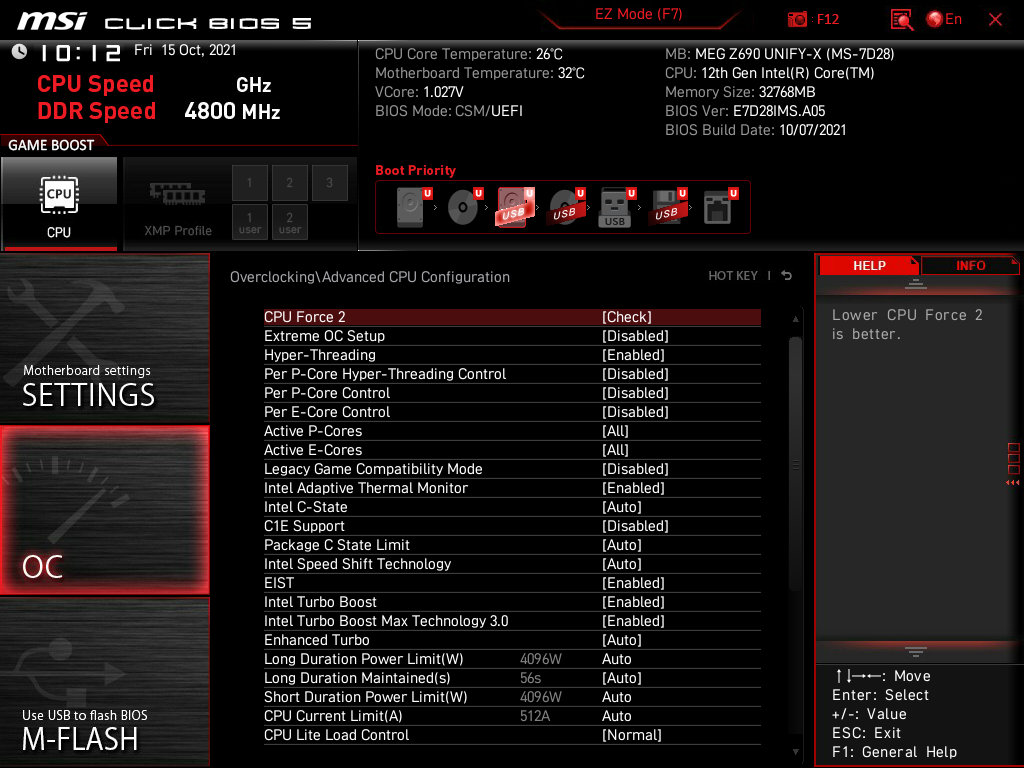
Usually, it takes more time to realize such impressive overclocking gains, so this is a seriously eye-opening showing from the 13900K. More to the point, inevitably as time progresses, overclockers will get more out of any given processor, so we can anticipate the 13900K pushing closer to the magic 9GHz mark, even.
What does this mean for the average PC user? Or at least, the average PC user looking at the high-end of the processor market who can afford to splash out on flagship silicon?
Well, obviously these folks won’t see anything like closing on 9GHz speeds which can only be achieved by exotic cooling. But what this represents is an indication that the 13900K is going to offer good overclocking potential at all levels, and indeed the whole Raptor Lake range seemingly will.
We’re already hearing elsewhere that there’s plentiful headroom for overclocking (for the average user) with the 13700K – the more affordable Raptor Lake higher-end (Core i7) option – so all this bodes really well for gamers or enthusiasts who want to get the most out of their 13th-gen chip even with air cooling (and certainly a good liquid cooler).
In short, liquid nitrogen isn’t needed to really feel the benefit of Raptor Lake’s overclocking chops, not by any means – and these are exciting times for those who like to tinker with their CPU and tweak it to get the best performance.
Today’s best processor deals
$8.99
View
$12.03
View
Reduced Price
$77.99
$34.99
View
Show More Deals
Sign up to get breaking news, reviews, opinion, analysis and more, plus the hottest tech deals!
Contact me with news and offers from other Future brandsReceive email from us on behalf of our trusted partners or sponsors
Darren is a freelancer writing news and features for TechRadar (and occasionally T3) across a broad range of computing topics including CPUs, GPUs, various other hardware, VPNs, antivirus and more.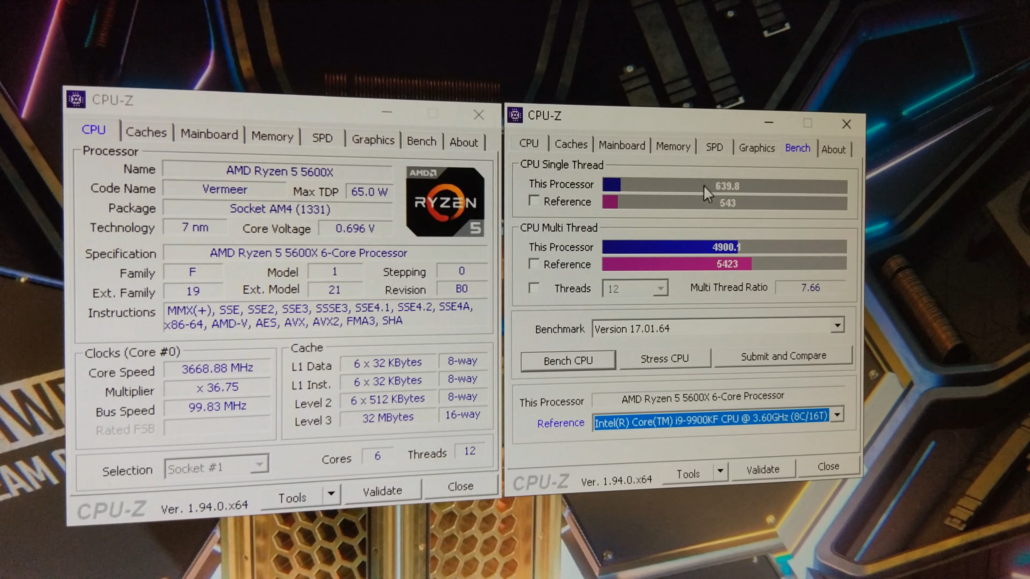 He has written about tech for the best part of three decades, and writes books in his spare time (his debut novel — ‘I Know What You Did Last Supper’ — was published by Hachette UK in 2013).
He has written about tech for the best part of three decades, and writes books in his spare time (his debut novel — ‘I Know What You Did Last Supper’ — was published by Hachette UK in 2013).
TechRadar is part of Future US Inc, an international media group and leading digital publisher. Visit our corporate site .
©
Future US, Inc. Full 7th Floor, 130 West 42nd Street,
New York,
NY 10036.
World record for overclocking Intel processors — 8200 MHz from Ukrainian overclockers / Sudo Null IT News
slamms
Computer hardware
A few hours ago, information appeared on the Internet about a new overclocking record for Intel processors. The Ukrainian enthusiast, overclocker and techno-maniac, known on the net under the nickname TiN, managed to set a new record for overclocking processors in terms of clock frequency. Team member
Team member
XtremeLabs.org was able to overclock the Intel Celeron 347 (3.06 GHz) to 8199.5 MHz.
On behalf of the Russian OCClub.ru team, I congratulate my Ukrainian colleague on his success. And you, dear habro-readers, I invite you to get acquainted with the details and photographs.
Record holder test bench:
processor: Intel Celeron 347
cooling: liquid nitrogen beaker MAGNUM LE from XtremeLabs.org
motherboard: DFI LANparty UT P35-T2R
RAM: 1Gb DDR2 OCZ PC6400
power supply: Enermax Revolution 1250W
There are no details about the rest of the system components.
As you can see from the available images, this result was achieved by removing the CPU heat spreader cover. This made it possible to directly cool the crystal itself. The temperature at which the result was taken was -186 degrees Celsius! The voltage on the processor was raised to a crazy 2.15 V. And the DFI motherboard underwent all sorts of modifications to achieve such a high result. nine0005
nine0005
The previous overclocking record according to HWBot.org belonged to the Taiwanese overclocker AndreYang and was 8182 MHz.
I would also like to explain the choice of processor for the record. After all, it is not clear to many why a frankly outdated model was able to set the bar so high in terms of frequency. And everything is simple — it is the processors based on the CedarMill core that respond perfectly to temperature changes. And their proportionality from lowering the temperature to increasing the clock frequency is simply amazing. And thanks to the peculiarities of the architecture, these processors can operate at the boiling point of nitrogen (-196 degrees). Most processors lose their performance at temperatures below -100 degrees. This feature is called ColdBug. The right choice of processor, motherboard, combined with straight arms and good knowledge of electrical engineering, made it possible to achieve a world record. With which I congratulate the XtremeLabs.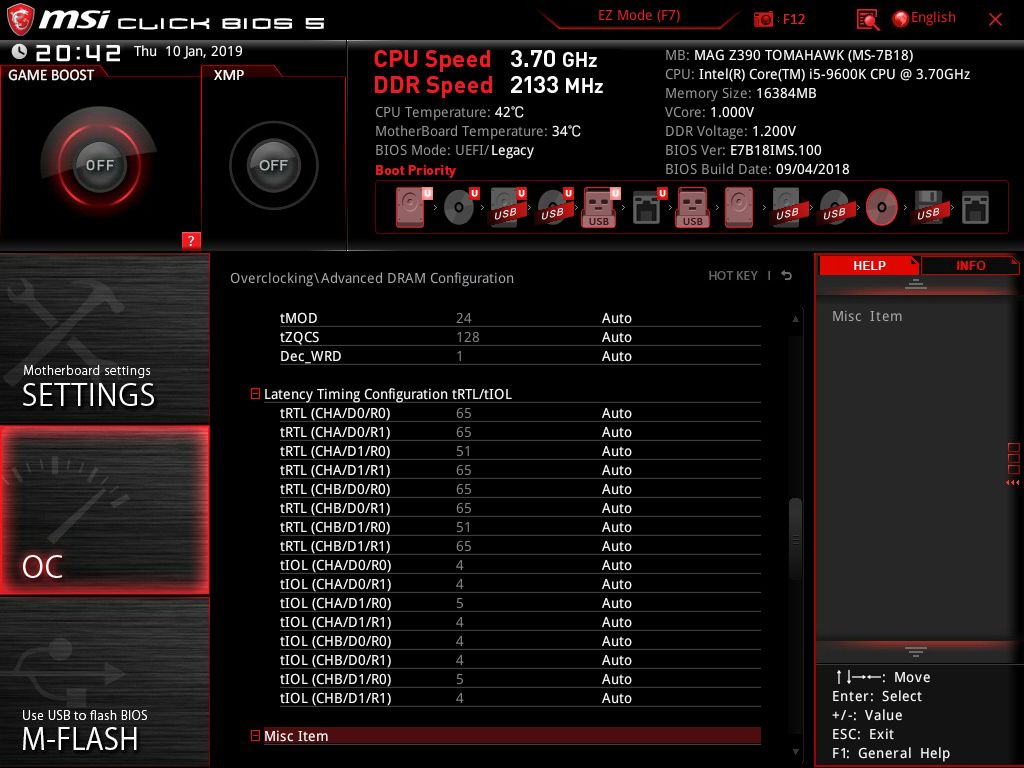 org team
org team
Tags:
- world record
- overclocking
- frequency
- Intel
- Celeron
- XtremeLabs.org
- OCClub.ru
Hubs:
- Computer hardware
Total votes 133: ↑119 and ↓14 +105
Views
18K
5
101
Vlad Zakharov
@slamms
ASUS Marketing Director
Comments
Comments 101
Does overclocking shorten the life of your processor or video card
Let’s talk about overclocking — does it shorten the life of your processor or video card? If so, how and what can you do to avoid shortening the life of your equipment? nine0005
I’ll cover these and related questions in this article, so by the end of this article you should have a pretty good idea of how overclocking can affect the life of your PC .
So, without further ado, let’s dive into everything you need to know.
PC Components Overview — Durability and Heat Dissipation
What is Overclocking and How It Affects Heat
Overclocking is the process where you take a processor’s «clock» frequency and increase it. nine0005
«Clock speed» refers to the number of calculations a processor can perform per second and is measured in hertz. (It used to be measured in megahertz, but these days it’s in gigahertz.)
Interestingly, clock speeds have generally started to drop in recent years, peaking around 5+ GHz even for high-performance processors without extensive overclocking .
This is because increasing the clock frequency of individual CPU cores requires increasing the number of transistors , and we’re starting to run into some of the hard limits of .
Instead of increasing the processing power of the in recent years, the development is due to the improvement of the CPU architecture and the improvement of multi-core capabilities, rather than the increase in core speed.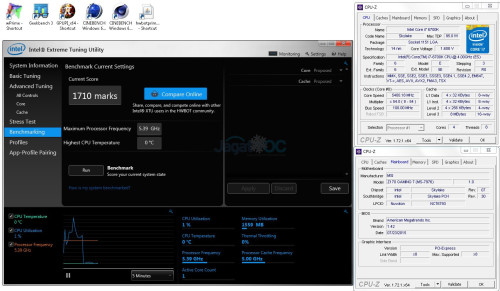
At the same time, overclocking the processor definitely increases performance. However, those transistors I mentioned earlier end up drawing much more power than , which also means your CPU is emitting much more heat .
Although GPU cores work a little differently, the rules that apply here regarding transistors, higher power consumption, and therefore higher heat, still apply to graphics cards.
So how does this extra heat affect your system? And does it shorten the life of your equipment?
Let’s dive into this, one component at a time.
Does overclocking shorten the life of the processor
How CPU overclocking works
The main thing you will be overclocking on your CPU is the core clock speed of your CPU.
However, you can also try to overclock other parts of your processor, especially if you are an AMD user who wants to maximize Infinity Fabric overclocking.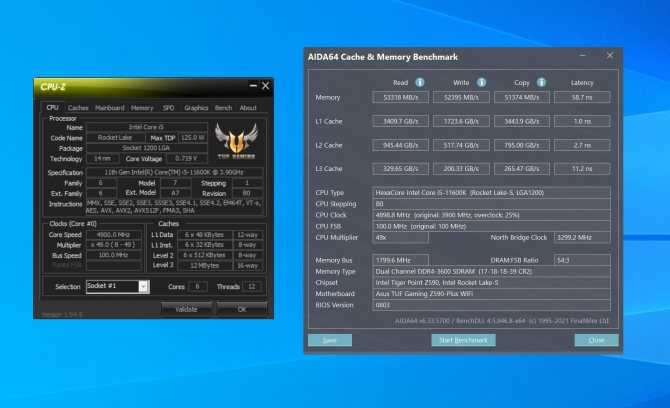 (It’s more of a memory overclock than a CPU overclock… Ryzen chips are cool.)
(It’s more of a memory overclock than a CPU overclock… Ryzen chips are cool.)
That said, processors already have a built-in method to increase their own performance. nine0005
The normal settings of the processor push most or all of its cores to the nominal «Turbo» or «Boost» frequency under heavy load, but with proper cooling.
With better cooling, you can maximize factory speedups, but this is not the same as pure CPU overclocking.
By overclocking you can go beyond these higher frequencies or even just make them run more stable .
The main limitations will be in your motherboard chipset and VRM, which will partly determine the degree of overclocking .
However, other things that are completely out of your control can affect this — some chips are simply «packaged» better than others at the factory, and they win the so-called «silicon lottery».
Regardless of the binning or limitations of your particular chip, there is one thing that all overclockable processors have in common: it is unlikely that you will permanently damage your processor.
What makes overclocking a processor safe
The reason is actually quite simple: if overclocking is unstable, your processor will simply shut down and prevent you from continuing to use it .
Processors are very complex electronic devices, and improperly passing too much power or frequency through them can cause immediate system failure.
Luckily, all the user has to do at this point is return to default settings or continue tweaking their downclock to find something stable. That being said, stable overclocking that just doesn’t crash your computer can be bad for your machine. nine0005
How this could affect CPU life (theoretically)
Although it’s hard to find empirical data on long-term overclocking results, I can share my own experience and general opinion that I’ve seen in the technical field.
It is generally accepted that if you have a stable and well-cooled overclock, you will not shorten the life of your processor.
Theoretically, maybe, but the actual time it takes for a processor chip to fail pretty much exceeds the rest of your entire PC and the point in time you upgrade it. nine0005
The reason overclocking can shorten the life of your processor, especially if you can’t keep it cool, has to do with heat. In particular, thermal degradation over a sufficiently long period of time will cause your CPU to gradually degrade in performance.
However, you’re more likely to notice this from an issue like dried thermal paste (which is easy to fix on a desktop PC) than from your CPU actually degrading performance. nine0005
For most desktop users, especially those who maintain good temperatures, CPU overclocking shouldn’t be a big problem — it has its own built-in protections.
However, notebook users or users with very poorly cooled PCs may find themselves in a more difficult situation. More on this in the rest of the article.
Does overclocking shorten the life of a GPU
How does overclocking a GPU work
GPU overclocking is slightly different from CPU overclocking . Both require voltage changes, but on the CPU, you make changes to the compute cores.
When overclocking the GPU, you need to worry about both the GPU core clock and the GPU memory clock, in addition to the normal voltage and power limit settings.
Other than that added layer of complexity, GPU overclocking works exactly as you’d expect. nine0005
The percentage improvement you can achieve in core clock speeds should generally reflect the percentage improvement you can expect in actual game performance as well.
Is GPU overclocking safe?
Yes, but as with CPUs, the main reason is that unstable overclocking is unlikely to last very long .
Although it may take a little longer to overclock an unstable graphics card, you won’t get to the point where your GPU will allow you to «kill it» by running it at too high a frequency or putting too much voltage on it. nine0005
nine0005
The protections built into the graphics card will cause it to shut down an application or system before it can.
Thus, the probability of irreversible damage to the GPU due to incorrect overclocking is practically zero.
But what about the higher sustained loads and heat associated with GPU overclocking?
Usage and maintenance matter more than overclocking
As with CPU overclocking, empirical long-term data on GPU longevity under overclocking conditions is hard to come by. nine0005
The point is that overclocking is an enthusiast’s job, and even for it to work properly, you don’t have to have any major power or cooling problems that could interfere with its operation.
Why do GPU overclockers talk about dead graphics cards?
Why are video cards that were previously used for mining so frowned upon in the market?
Simply put: degradation of the cooler and cooling system, not the GPU chip itself .
Graphics cards have been subjected to heavy loads for years and can start to develop overheating problems as excess dust begins to accumulate inside their cooler and fan fins.
Eventually, the thermal paste between the GPU and the cooler starts to decompose — and that’s when you start to get the most overheating until the GPU stops working.
The key to keeping the graphics card working in the long run, especially if you are going to overclock it, is constantly monitoring its temperature and removing dust whenever it starts to accumulate .
Unfortunately, replacing the thermal paste on the GPU is much more difficult than on the CPU, but as a general rule, the life of the thermal grease for the GPU is 5-10 years .
The reason GPUs used for mining are so frowned upon in the secondary market is because GPUs used for mining are under constant «torture» and people who buy them in bulk have little incentive to maintain them .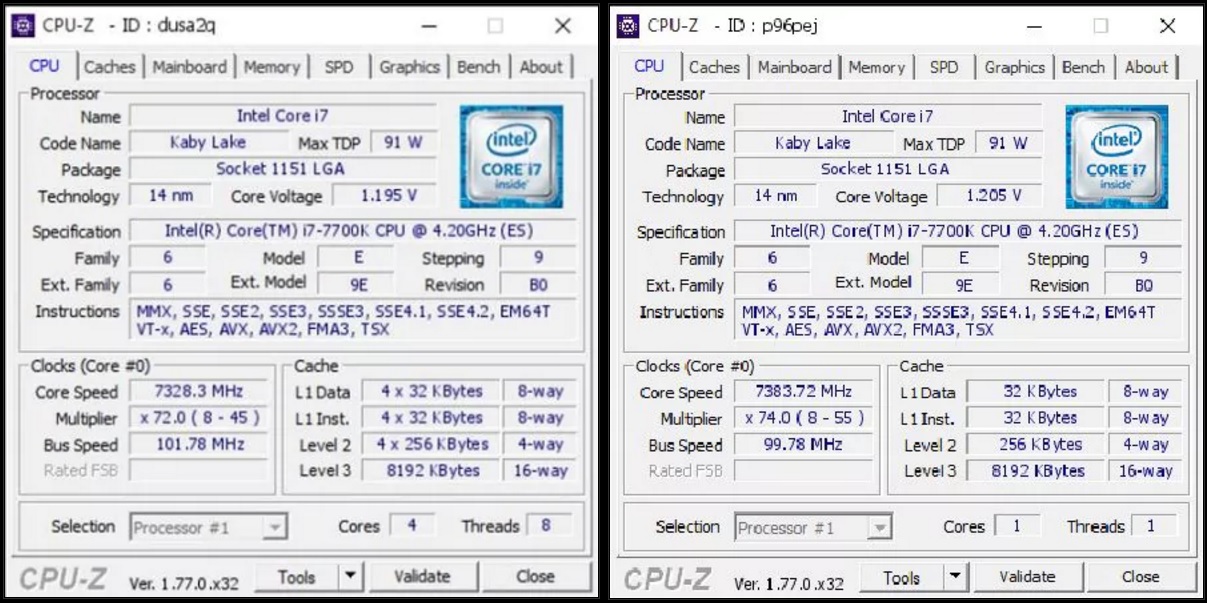
Things you can do to increase CPU life
Replace thermal paste every two years (and do it right)
CPU thermal paste life can vary greatly, but conventional wisdom is to desktop PCs every 2-3 years .
Degraded thermal paste will cause your CPU to thermally throttle faster and more frequently, and if allowed to continue for long enough, it can actually cause hardware damage.
Dried and degraded thermal paste is a common reason why sealed devices such as laptops and game consoles can lose performance after years of heavy use, even if they are seemingly dust-free. nine0005
The thermal paste used in these non-desktop CPU scenarios tends to be durable, but any paste has a limited shelf life.
CPU cooler upgrade
In addition to the fact that you replace the heatsink quite often and install it correctly, you may also need a complete replacement of the CPU cooler .
I especially recommend this to Intel CPU users who use the stock Intel CPU cooler as it just isn’t very good and reduces the performance of some great CPUs.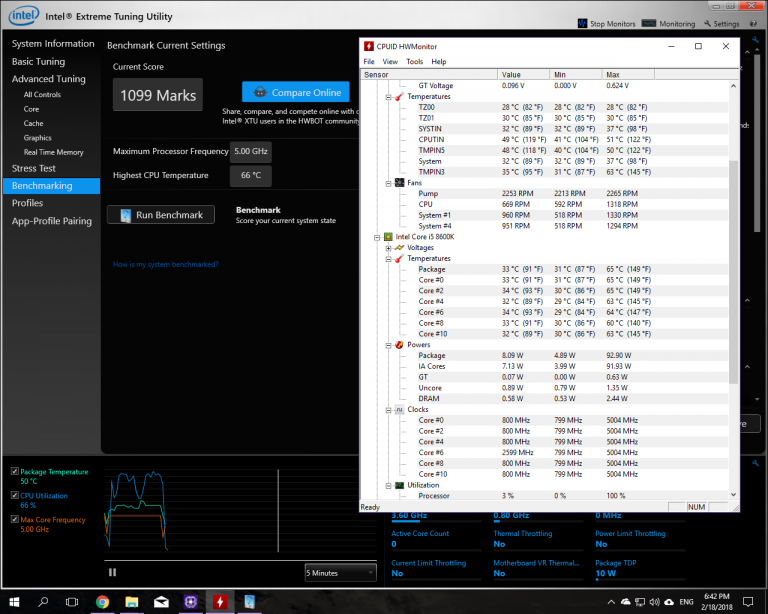 nine0005
nine0005
AMD’s stock coolers are amazingly reliable, even capable of overclocking with more expensive models, but still can’t compete with the best air and liquid CPU coolers on the market.
Chassis Cooling Upgrade
One of the best things you can do for your PC is to make sure the case is fully and properly cooled by installing the full positive pressure airflow.
CPUs, GPUs, and pretty much everything else on your PC generate heat when running and lose performance when they overheat. nine0005
Good airflow prevents overheating by removing excess heat from the case before it has time to assemble and providing a continuous flow of fresh cool air to the CPU/GPU cooler.
Things you can do to increase the life of your GPU
Frequent, proper dusting
In addition to taking care of your case’s airflow in general (as discussed a few paragraphs above), what benefits your entire system is one important thing for the health of your GPU is proper cleaning of the video card itself .
To properly dust your graphics card, you’ll need a can of compressed air, an static-free workspace, an anti-static wrist strap, and a little care.
Dusting a GPU shouldn’t be too hard — you probably don’t even need to remove it from your PC if you clean it often enough, short of deep cleaning.
The main thing you need to pay attention to when cleaning your GPU is are GPU fans.
You must make sure your fans are held still when cleaning them or the heatsink behind them with compressed air, as the driving force can damage the fan bearings when it is turned off.
And, yes — the same rule applies to the CPU cooler and other cooling fans in your system .
Undervoltage
One great way to improve GPU thermal performance and even performance consistency — is to lower the voltage of the video card .
Although lowering the voltage on the graphics card limits the maximum possible bandwidth, it also prevents the graphics card from throttling and causing input lag at maximum power usage.
While undervolting may sound like the opposite of overclocking — and in a sense it is — it doesn’t even require clock speed reduction.
Done properly, undervolting will simply run your GPU at the best performance it can handle while consuming slightly less power, allowing it to run more stably. nine0005
If you want to extend the life of your graphics card and stabilize its performance, lower voltage is a great option.
Using FPS limits and V-Sync
While I generally don’t recommend V-Sync due to input lag and the larger performance hit it can cause in some games, one thing it’s great for is is control and reduced power consumption due to sequential frame synchronization .
Another great way to achieve this effect is to set an in-game or external FPS limit of , for example with RivaTuner Statistics Server, which allows you to limit FPS and power consumption without affecting input lag.
Frequently asked questions about overclocking
Is it possible to overclock laptop processors?
No, and even if it were possible, you shouldn’t do it .
Most laptops don’t have the thermal headroom to run processors even at stock clock speeds, let alone processors running at higher clock speeds and voltages. nine0005
As amazing as laptop technology is, putting all that processing power into a smaller form factor fundamentally comes with thermal and performance trade-offs.
Overclocking on a laptop, even if hardware allowed it, remains a pipe dream .
Can laptop GPUs be overclocked?
Technically yes, but… see section above .
GPUs are gluttonous and are notorious for generating excess heat — as much if not more than the CPU. nine0005
While it’s allowed, laptop thermal design means you’re unlikely to get good results from it — and even if you do, the results are so negligible that it’s likely not worth the loss in cooling and battery life. work.
Is it possible to overclock the RAM?
Yes — moreover, in order for it to work as advertised, its needs to be overclocked !
Thanks to a fun little thing called XMP (Intel’s Xtreme Memory Profiles — there are AMD alternatives that serve the same purpose), most of the RAM is not running at full capacity out of the box .
Instead, you enable one of the built-in XMP overclocking profiles to have your RAM automatically overclocked to factory speed, usually the one you saw on the box, or at least something very close to it.
This doesn’t always work perfectly — sometimes you need to select an alternative XMP profile or make changes to the XMP profile to achieve stability. nine0005
However, for the most part, XMP and its alternatives serve as an easy and straightforward way to overclock RAM and get all the megatransfers you paid for.
How do GPU core and video memory clocks work?
There are two main components of GPU overclocking: the GPU chip itself and the surrounding memory .
The GPU core clock refers to the clock rate of that chip, while the memory clock refers to the clock of the VRAM chips surrounding the GPU die on the graphics card. nine0005
The increase in GPU core clock speed serves to improve baseline performance and can overlap with other performance improvements surprisingly closely.
However, for best results, you should also use the GPU memory clock speed, especially if you want to use high resolution or high resolution textures (things that tend to increase GPU memory load). nine0005
The GPU memory clock improvement doesn’t always show up as a noticeable performance boost, and that’s because you don’t have a video memory bottleneck for gaming or other common scenarios.
Professionals should be mindful of how much video memory they need , especially if they’re working with 3D rendering, and in these cases it’s helpful to slightly increase the memory clock speed.
Are locked processors worse than unlocked ones? nine0088
The inability to overclock is a real disadvantage compared to an unlocked processor. However, this does not mean that a locked processor is not worth buying, especially if it is significantly cheaper and has good clock speeds.
Combining a solid, locked-down processor with a great cooling solution should allow you to make better use of its max turbo frequencies without hurting your bank account by buying an expensive processor and motherboard.
